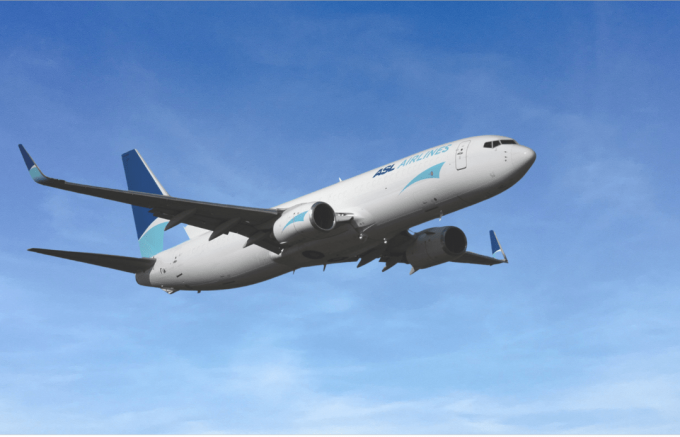Indian air cargo really flying, powered by a booming ecommerce market
Indian air cargo volumes are expected to quadruple over the next two decades, propelled by ...

Aviation in the US has been hobbled by chronic supply chain problems, and Boeing’s struggles with safety are not making things easier.
The aircraft maker’s plans to ramp up production of its B737 MAX remain on ice while management has been tasked by the Federal Aviation Administration (FAA) to formulate a plan to fix its quality control issues within 90 days.
On Monday, the FAA released a scathing report by a panel of experts on Boeing’s ...
Asia-USEC shippers to lose 42% capacity in a surge of blanked sailings
USTR fees will lead to 'complete destabilisation' of container shipping alliances
New USTR port fees threaten shipping and global supply chains, says Cosco
Outlook for container shipping 'more uncertain now than at the onset of Covid'
Transpac container service closures mount
DHL Express suspends non-de minimis B2C parcels to US consumers
Zim ordered to pay Samsung $3.7m for 'wrongful' D&D charges
Uncertainty over US tariffs sparks interest in bonded warehouses for imports

Comment on this article